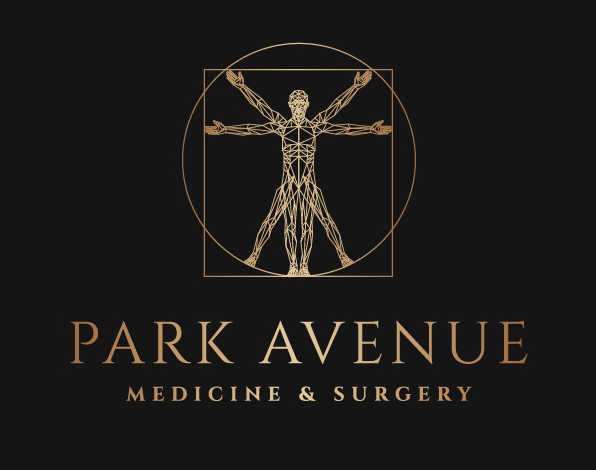An Overview of Scoliosis
With roughly three million new cases in the United States every year, scoliosis is a condition that we should be aware of. Scoliosis is the condition in which the spine curves into a ‘C’ or ‘S’ shape, usually in the area of the chest or the lower back, but not always. Often appearing in children, this condition may be able to naturally correct itself throughout growth and development. However, age and severity of the condition are two important factors that will determine if further intervention is required, such as physical therapy, bracing, or even surgery.
The symptoms for scoliosis differ for infants and adolescents. For infants, there may be a bulge on one side, preference to lie curved on one side, and in a more severe case, heart and lung malfunction leading to shortness of breath and chest pain. In children from around ages 10 to 12, common symptoms include having the head slightly off-center, clothes hanging off improperly, a shoulder or shoulder blade higher than the other, a tendency to lean to on one side, uneven lengths of legs, and asymmetrical ribs which are at different heights. While scoliosis can be linked to cerebral palsy, muscular dystrophy, spina bifida, or a birth defect, the causes are idiopathic or generally unknown.
Because of this, idiopathic scoliosis can be categorized into three groups-- infantile idiopathic scoliosis (develops from birth to 3 years), juvenile idiopathic scoliosis (develops from 4 to 9 years), and adolescent idiopathic scoliosis (develops from 10 to 18 years). Studies have shown that idiopathic scoliosis tends to run in families, and so there may be a genetic component to the condition. Two other risk factors are age, where growth can heavily influence development of the spine, and biological sex, where females are at higher risk for curve worsening.
In the extremely mild forms of scoliosis, check ups once every few months are recommended to track the development of the spine, but wearing a brace or surgery is not required. Bracing is a common form of treatment for scoliosis, with there being full-day bracing and nighttime bracing. Full-day bracing is meant to be for 16 to 23 hours a day, with showering and exercise being the only times that it can be removed. On the other hand, nighttime bracing uses hyper-corrective forces and therefore can not be applied when a person is upright, and should be worn for at least 8 hours a day. In general, there is no definite consensus on whether one type of bracing has an advantage over the other. Full-day bracing could be more effective because it is worn for a longer period of time, but nighttime bracing could be more effective if the individual has more motivation to wear it at night instead of during the day. After the bones stop growing during puberty or when there is no change in height, a brace is no longer needed.
A more severe form of treatment is surgery to reduce the severity of the spinal curve and to prevent worsening the condition. The most common form of surgery for scoliosis is spinal fusion, in which two or more bones in the spine are connected so that they are no longer able to move independently. Metal hooks, wires, rods, or screws are used to hold a part of the spine straight to allow for bone fusion. If scoliosis is progressing rapidly in a younger child, a rod that can be adjusted in length as the child grows can be implemented. The rod is lengthened about every six months, and is attached to the top and bottom of the curved region. This is a form of surgery that delays implementing spinal fusion, as it could leave less room for the lungs in a growing child to develop, and may cause the child to have a shorter trunk compared to limbs. This method prevents curve worsening, but a spinal fusion may be performed at an older age if still necessary. Potential complications from surgery can occur, such as such as bleeding, infection, and nerve damage.
Scoliosis is an example of a condition that has a wide spectrum in terms of its severity, as well as its forms of treatment. Interestingly, medication has shown to be ineffective when it comes to treating scoliosis. Instead, wearing a brace and having surgery are the two main types of treatment. As with all other medical conditions, early diagnosis is the key toward getting better.
References:
https://www.mayoclinic.org/diseases-conditions/scoliosis/diagnosis-treatment/drc-20350721
https://www.spine-health.com/conditions/scoliosis/scoliosis-treatment
https://www.medicalnewstoday.com/articles/190940.php



